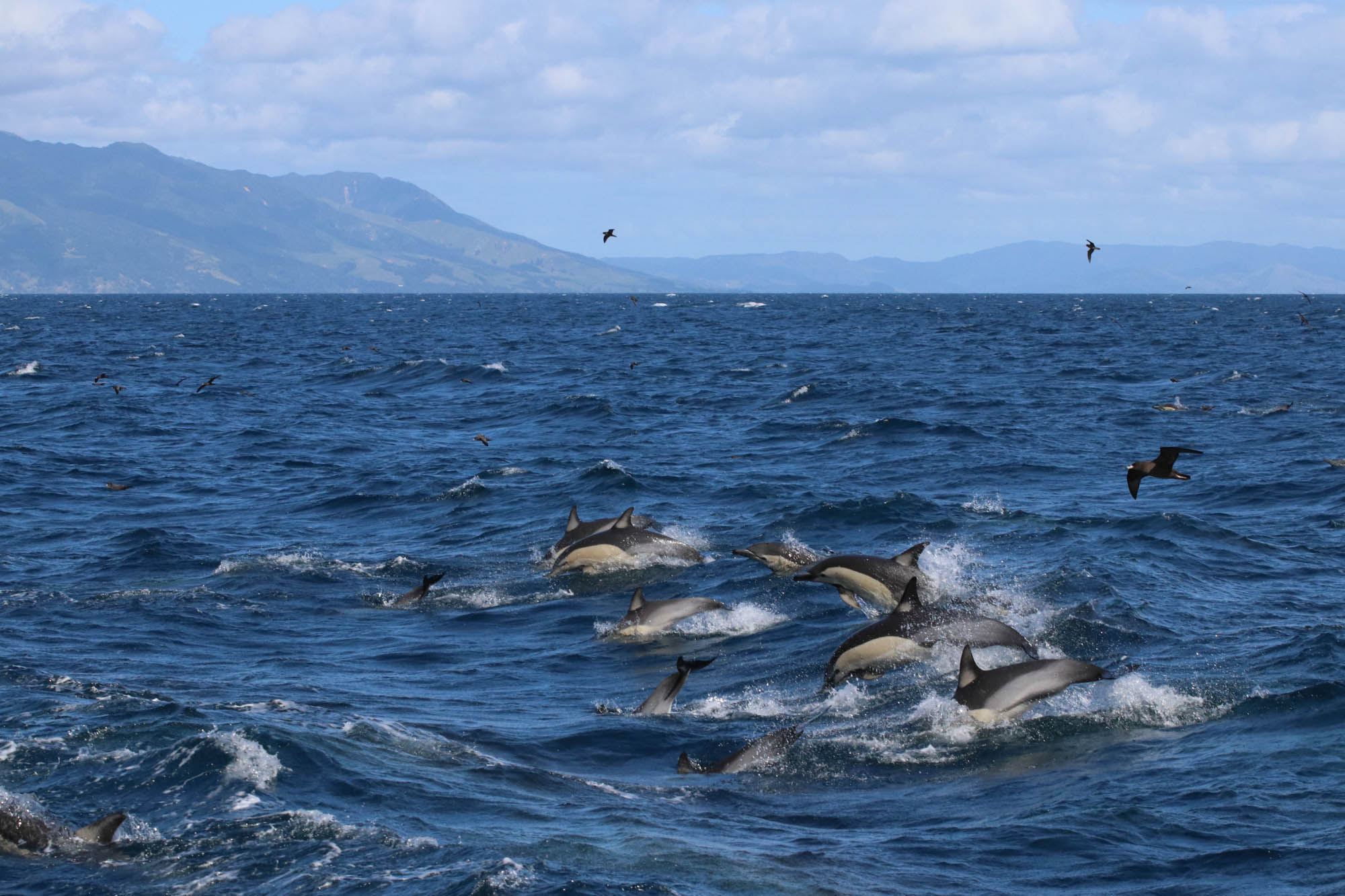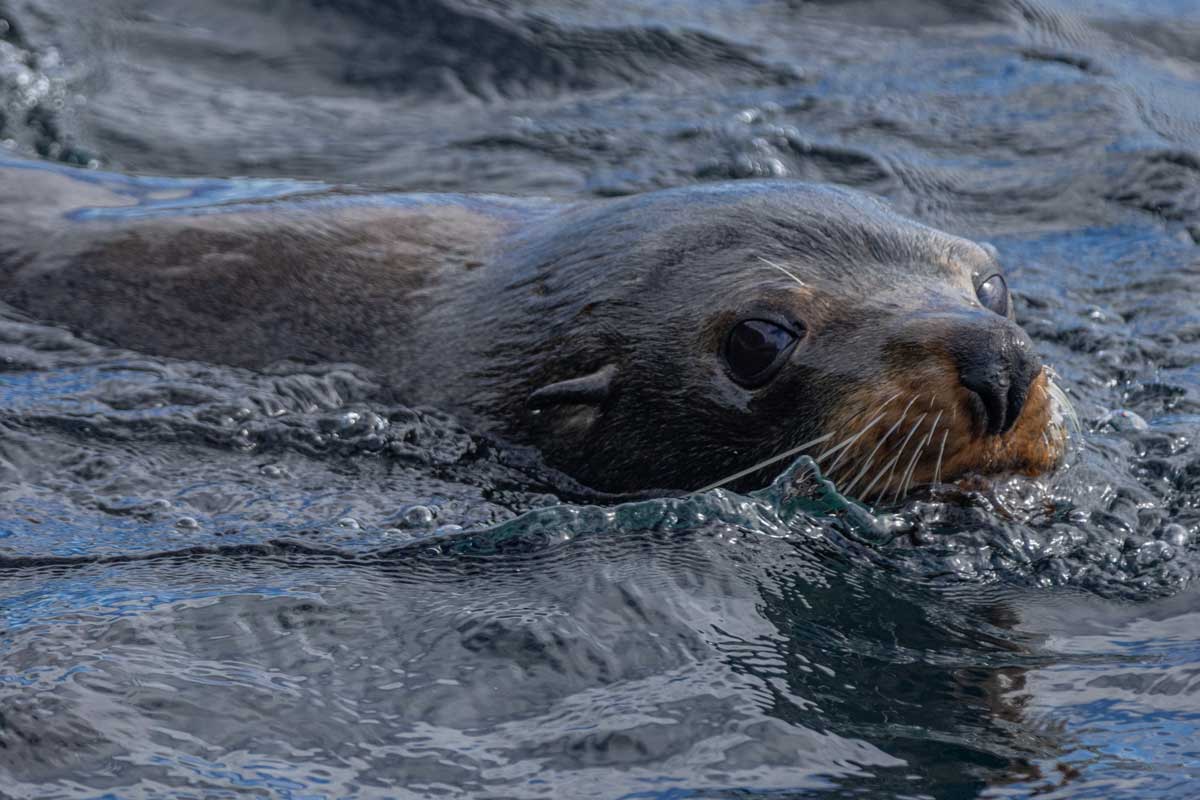It is well known that the Hauraki Gulf Marine Park / Tīkapa Moana / Te Moananui-ā-Toi is a highly productive area resulting in a rich species diversity of both terrestrial and marine protected species which rely on the Marine Park for vital life process and stages. However, these species are at risk of being impacted by both man-made and natural threats such as disease, habitat loss, predators, changes in the food chain and climate change.
As part of the Revitalising the Gulf Government Action on the Sea Change Plan, the government has unveiled their proposal for the protected species.
What are protected species?
The Wildlife Act 1953 covers the protection of most terrestrial native and introduced species in New Zealand. This includes mammals, birds, reptiles and amphibians as well as some terrestrial or freshwater invertebrates and marine species such as sea turtles, white pointer/great white sharks, manta rays and some corals. There are different levels of protection in order to allow for different levels of management and these can be found in the Schedules of the Act. The conservation status of a species, determined through the New Zealand Threat Classification System, is not directly linked to whether the species has protection or not.
Along with the Wildlife Act, species can also be protected under other Acts including:
– The Conservation Act 1987, which protects plants and animals on public conservation land
– The Marine Mammals Protection Act 1978 which protects all marine mammals
– The Native Plants Protection Act 1934 which provides national or regional protection of native plant species by a Warrant issued by the Governor-General

What does the Revitalising the Gulf Government Action on the Sea Change Plan say?
It has outlined that the outcomes for protected species are:
• protected and restored protected species diversity and abundance
• improved understanding of protected species and their threats
• aligned monitoring, research and management programmes
To do this, the government proposes to:
• complete a review of the Hauraki Gulf Marine Mammals Tourism Site Plan
• refresh the Auckland Island Biosecurity Plan
• build a process to engage with recreational fishers to gather bycatch information
• agree on priority research questions, including black petrel monitoring, through the Conservation Services Programme
• engage with recreational fishers and relevant agencies to explore recreational fisheries bycatch mitigation options
• consider whether any further actions are needed to reduce the threat posed by the RMS Niagara shipwreck to wildlife
• improve observation (direct or electronic) of commercial fisheries and bycatch mitigation technologies;
• align island biosecurity plans across the Gulf
• conduct the first review of the effectiveness of the Strategy’s actions, identify gaps in management and adopt new priority actions where necessary
These changes will be made over the next 3 years with the ongoing research, monitoring and management findings feeding into a Monitoring and Reporting Framework and Research Plan.





